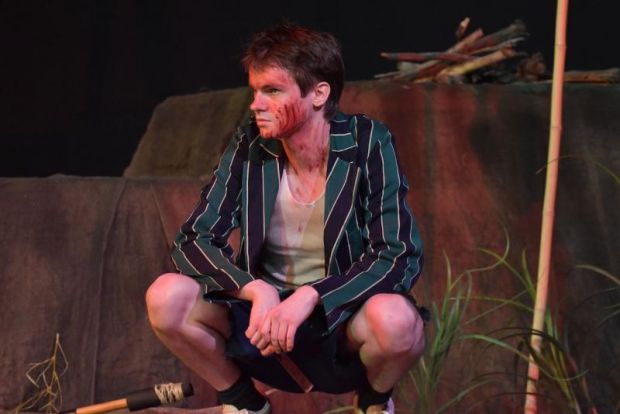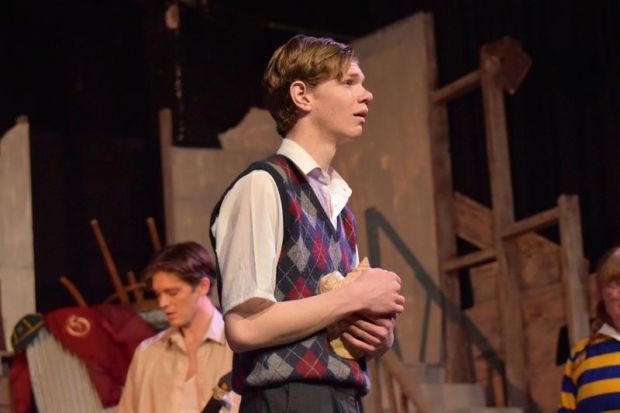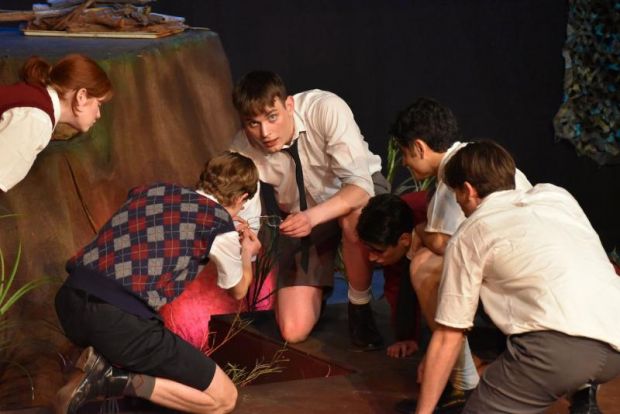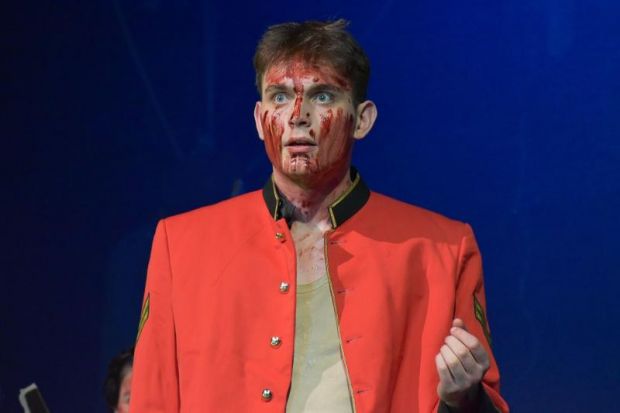Lord of the Flies
William Golding’s novel Lord of the Flies captures something frighteningly human, which is why it continues to be taught in literature classes 70 years after it’s debut. While author William Golding’s story conforms with his personal theory that without rules and discipline, people inevitably “revert” to “savagery”, the events of his story are based on his keen observation of behaviours he observed while fighting in both world wars, and also while teaching at a boys’ school. The accuracy of his portrait of power dynamics and vicious cruelty lends the story to modern reinterpretation. REP’s direction team Caitlin Baker and Lachlan Houen have brought fresh eyes to the classic, emphasising the effects of class privilege, personality and the attraction of cults in the events that unfold. This builds on traits already present in Nigel Williams’ 1995 script, itself more brutal than the original (and with less racial stereotyping around the concept of “savage”.)

Canberra REP’s Lord of the Flies is thrilling and frightening. Supported by a crew of REP stalwarts, the young directors have coaxed stellar performances from the genderblind casting, full of young people drawn from the ANU drama society NUTS and Canberra Youth Theatre alumni. The three central characters, Ralph, Jack and Piggy (played by Joshua James, Ty McKenzie and Winsome Ogilvie respectively), are astonishingly well drawn. Winsome Ogilvie brings to Piggy a somewhat comic but deeply empathic air. Piggy is most able to understand the predicament but least able to convince others owing to his various characteristics that make him an outsider: being overweight, having asthma, wearing glasses and being working class. Ogilvie’s performance as Piggy is perfect, right down to the cockney accent. Joshua James’s Ralph is something of a shape shifter. While he enthusiastically joins in some of the teasing of Piggy, he at least has the conscience to feel guilty about it. When he emerges early as a sensible leader of the group the tension between him and Jack is immediate.

Jack’s Ty McKenzie’s transformation from snooty upper-class schoolboy who feels entitled to push the other boys around, to psychopathic bully drenched in blood is terrifying and believable. When Jack twists a younger boys’ arm behind his back, it genuinely looked as though he was being hurt. Robert Kjellgren is chilling and barbaric as Jack’s offsider Roger, while Lily Willmott captures Simon’s sensitivity, pragmatism and startling hallucinations.

The set was simple and effective, using lights behind scrim and under fabric to form the beast and create a spreading fire. The lighting and sound build to a terrifying climax around the scenes of violence and murder. The murder scenes are symbolic rather than realistic, which makes this more suitable for a teenaged audience (although as always this should be at the parents’ discretion).

This is a very good production with excellent performances which I highly recommend.
Cathy Bannister
Photographer: Eve Murray
Subscribe to our E-Newsletter, buy our latest print edition or find a Performing Arts book at Book Nook.

